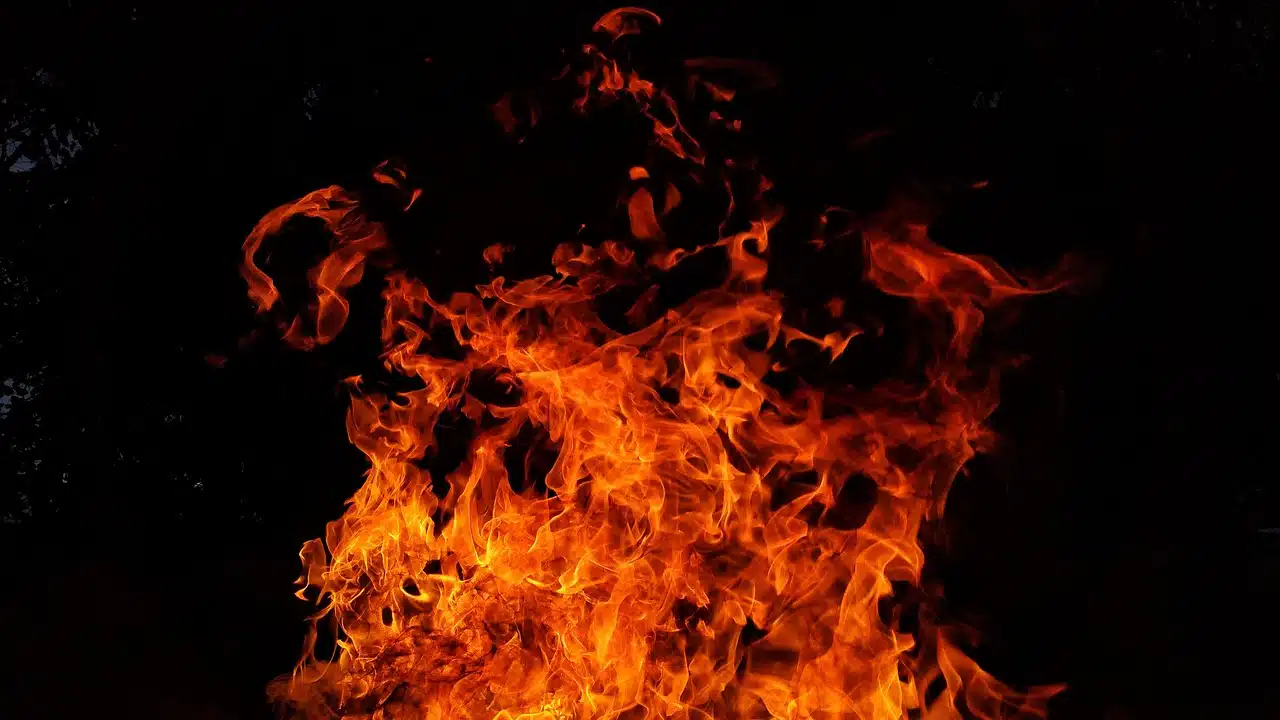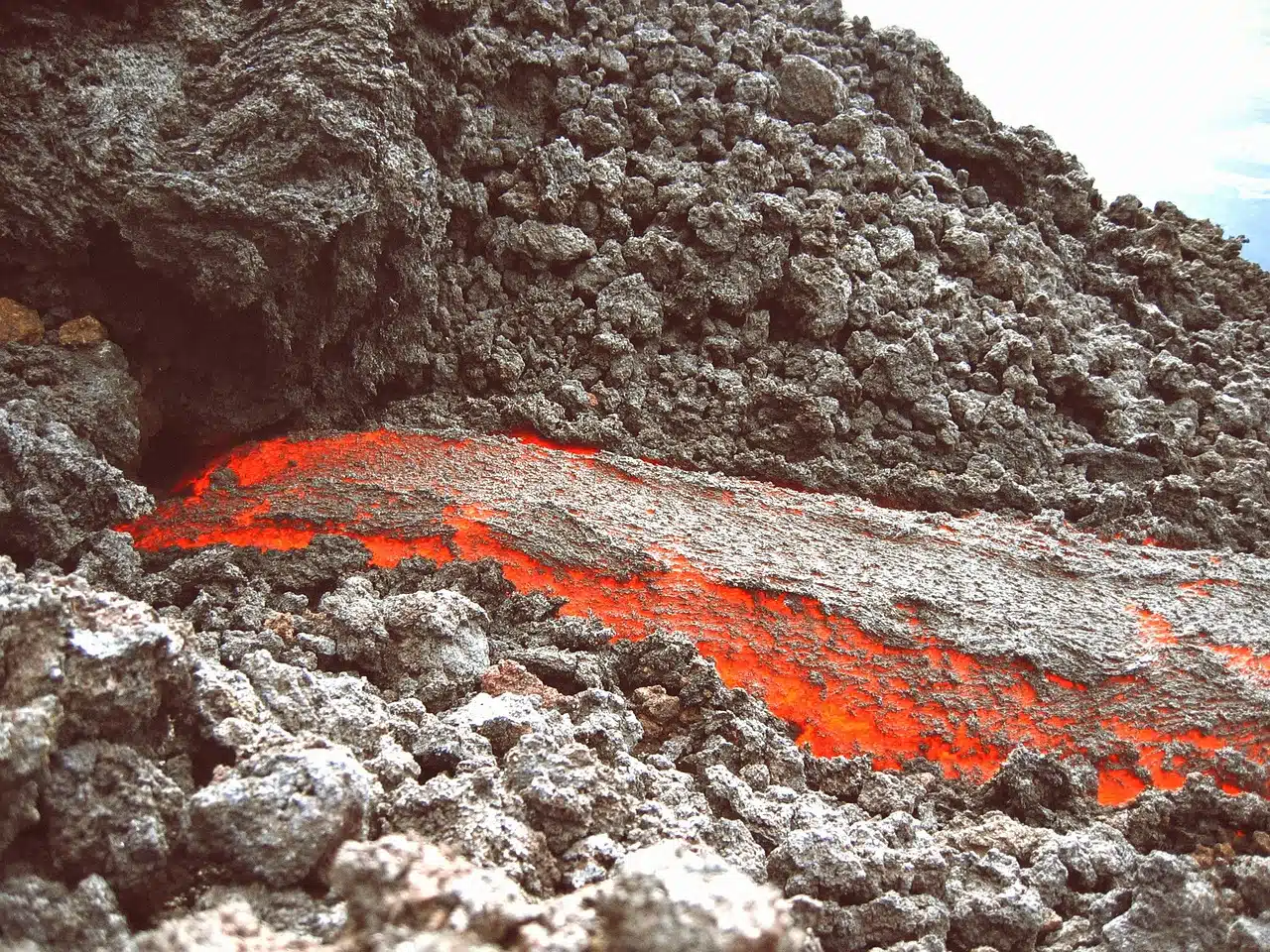
Vulcan is the name of the Roman god of fire.
Vulcan is the name of the god of fire in Roman mythology. The Royal Spanish Academy (RAE), in its dictionary, includes the adjective vulcanio to refer to that linked to this deity or fire .
Before moving forward, it is worth remembering that fire is a phenomenon that is characterized by the emission of light and heat, usually with a flame.
God of fire
A Vulcan, se lo asociaba al fuego y a la producción de metales. También era el patrono de aquellos oficios que requerían el uso de ovens. Cabe señalar que sus orígenes no están claros. Se le rendía tributo en el Volcanal, nombre por el que se conocía a un santuario que se hallaba en el Roman Forum.
Every August 23 , the vulcanalias , also called vulcanales , were celebrated in Volcanal : festivities dedicated to Vulcan . The date coincided with the highest temperatures, which meant that the crops were at risk of fire .
The tribute to Vulcan during the Vulcanalias included the lighting of bonfires where animals were sacrificed. In addition, torches and candles were lit.
Vulcan Island
Vulcano is an island that is part of the Aeolian archipelago. It is located in the Italian region of Sicily and has several volcanoes, including one of the same name.
Let's look at some of the highlights of Vulcano Island:
- Mud baths and hot springs : They are believed to have healing properties and are beneficial for the skin and health. Visitors can enjoy mud baths at Sabbie Nere Beach and relax in the thermal water pools in the Baia di Levante area;
- Great Crater – at the summit of the volcano, for stunning panoramic views of the island and the surrounding Aeolian Islands. The hike there can be demanding, but it is a fascinating experience for nature and geology lovers;
- Beaches : Vulcano Island has several volcanic sand beaches, such as Spiaggia Sabbie Nere , where visitors can relax and enjoy the sun and sea. There are also opportunities to practice water sports such as diving and snorkeling .
The volcano
The Vulcano volcano , which is active, has an altitude of just over 500 meters. The last time it erupted was in 1888 .
Let's look at some relevant data about the Vulcano volcano:
- Volcanic activity : Although currently considered an active volcano, Vulcano has had sporadic, low-intensity eruptions in historical times. Since 1890, it has shown minor volcanic activity, such as gas emissions, fumaroles, and occasional seismic activity;
- Geological characteristics : It has a classic conical shape and is composed of alternating layers of lava and pyroclasts (volcanic materials such as ash and rocks expelled during an eruption). In addition, it is surrounded by scoria cones and secondary craters, which indicates the complex eruptive history of the area;
- fumaroles and gas emissions : in the area of the main crater and in various parts of the volcano, fumaroles can be observed, which are openings through which volcanic gases emerge. These gases, such as sulfur dioxide and water vapor, are indicators of magmatic activity in the subsurface.

On the Sicilian island Vulcano there is a volcano of the same name.
fictional planet
Vulcan was also the name of a supposed planet that, according to the Frenchman Urbain Le Verrier ( 1811 – 1877 ), was located between Mercury and the Sun. Over time, this astronomer's belief was proven wrong. Its name is inspired by the aforementioned Roman god.
The planet Vulcan has been popularized primarily by the Star Trek television series and films. In this fictional universe, it is the home planet of the Vulcan species, including the iconic character Mr. Spock , and is located in the 40 Eridani star system.
